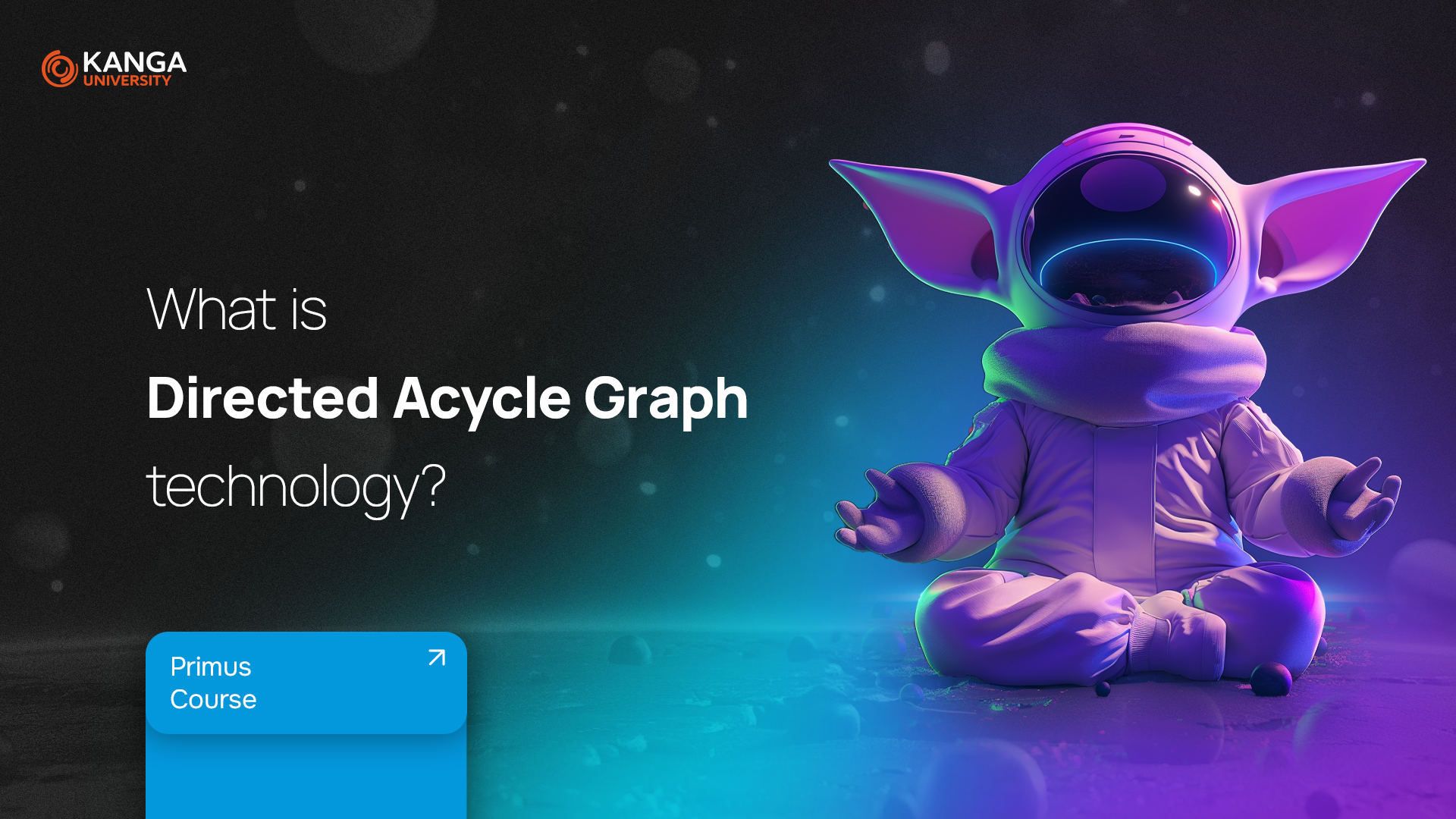
Everyone in the tech world has heard of blockchain. But there’s another technology quietly gaining traction — DAG, short for Directed Acyclic Graph. Never heard of it? That’s okay. It might just be the next big thing in how digital transactions work.
Let’s break it down: what is DAG, why is it important, and how could it reshape the future of crypto?
What Is DAG, and Why Should You Care?
Imagine a map of dots connected by arrows. Each dot represents a transaction. Each arrow shows the order in which things happen — and the arrows never loop back.
That’s the core idea behind DAG. It’s a structure where information moves forward but never repeats. Unlike traditional blockchains, which store transactions in blocks that stack one after another, DAGs record every transaction individually and connect them in real-time.
This makes DAGs faster, more flexible, and easier to scale than conventional blockchain systems.
Why DAG Might Be Better Than Blockchain
Blockchain is like a single-lane road: one transaction at a time. If traffic builds up, things slow down.
DAG is more like a freeway: multiple transactions can move in parallel, with fewer delays and no need for block confirmations.
Here’s what makes DAG so powerful:
-
Speed – Transactions are confirmed simultaneously, not sequentially.
-
No miners – Which means lower costs and energy usage.
-
Scalability – More users? No problem. The system gets stronger, not slower.
-
Real-time processing – No need to wait for the next block.
These advantages make DAG ideal for everyday payments, microtransactions, and IoT (Internet of Things) applications.
DAG 101: The Basics You Should Know
-
Node – A point that represents a transaction or event.
-
Edge – A line (with an arrow) that shows the direction and order of transactions.
-
Topological sorting – A system that makes sure everything happens in the right order.
-
Closure & reduction – Tricks that help speed up processing by trimming unnecessary steps.
-
Causal inference – A way to understand how one event leads to another.
-
Instrumental variables & observational data – Fancy terms, but in DAGs, they help track how different parts of the network influence each other.
Yes, these are terms from computer science — but they’re the reason DAG can work without blocks or centralized control.
How DAG Works in Real Life
In a DAG system, there are no miners or centralized validators. When you send a transaction, you also confirm two others that came before it. This creates a web of trust that grows naturally.
Here’s what that means in practice:
-
No long waits
-
No high fees
-
No massive energy use
-
A system that actually works better as more people use it
And because there’s no block limit, DAG can process thousands of transactions per second — perfect for real-world use cases.
Who’s Using DAG Already?
Some crypto projects have already built entire systems around DAG. Here are the top ones to know:
-
IOTA – One of the first to use DAG (called the Tangle). Focuses on the Internet of Things — smart devices talking to each other.
-
Nano – Aimed at instant, feeless transactions. Great for small payments and real-time transfers.
-
Hedera Hashgraph – Uses DAG to enable super-fast communication between nodes. Built for enterprise-grade applications.
These aren’t just experiments — they’re live, functioning networks processing millions of transactions.
Will DAG Replace Blockchain?
It might. DAG offers serious improvements in speed, efficiency, and scalability. But it’s not perfect yet. Some challenges include:
-
Security standards are still evolving
-
The tech isn’t fully compatible with many blockchain ecosystems
-
It needs more widespread adoption to become the new standard
Still, many developers and investors see DAG as one of the most promising directions for crypto infrastructure.
Summary
-
DAG is a new way to structure data — faster and more scalable than traditional blockchains.
-
It removes the need for blocks, miners, and long confirmation times.
-
Real projects like IOTA, Nano, and Hedera are already using DAG.
-
It’s ideal for microtransactions, IoT, and high-volume systems.
-
While it’s not yet the dominant standard, DAG is one of the most exciting frontiers in crypto tech.